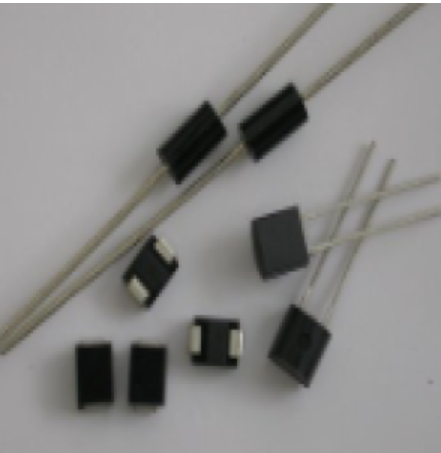Date:2025-07-16 Categories:Product knowledge Hits:280 From:Guangdong Youfeng Microelectronics Co., Ltd
A bidirectional trigger diode (also known as a bidirectional thyristor, bidirectional thyristor, or DIAC) is an electronic component that can conduct electricity in two directions. Unlike unidirectional trigger diodes (DIACs), bidirectional trigger diodes do not have an "anode" and a "cathode", but instead have two electrodes, commonly referred to as A1 and A2 or MT1 and MT2. Its characteristic is that it has similar electrical characteristics in both directions. Bidirectional trigger diodes are widely used in AC circuits as trigger components for control devices, such as dimmers, FS150R12KT3 motor speed controllers, and electronic switches.
Working principle of bidirectional trigger diode
The operation of a bidirectional trigger diode depends on its V-I (voltage current) characteristics. Under normal circumstances, a bidirectional trigger diode exhibits a high impedance state in both directions, thereby preventing the flow of current. When the voltage between the electrodes increases to a certain degree (known as the transition voltage or trigger voltage), the bidirectional trigger diode will suddenly transition from a high resistance state to a low resistance state, allowing current to flow through. This transformation occurred very quickly, allowing bidirectional trigger diodes to be used as high-speed switches.

Previous: Classification, Structure, and Principle of MOSFET
Next: Detection method for bidirectional trigger diode transition voltage 2